The Reconfigurable Culture of Contemporary Music: An Interview with Aram Sinnreich (Part One)
/This week marks the release of a new book, Aram Sinnreich's Mashed Up: Music, Technology, and the Rise of Configurable Culture, which should be of interest to many of my regular blog readers. Mashed Up is the result of many extensive interviews with high profile DJs, attorneys, and music industry executives about the issues surrounding sampling, file sharing, and the emergence of new forms of musical production. The book deftly deals with the contradictory ways we think about the legal and aesthetic status of music which builds on borrowed materials, the ways that musicians are making sense of their indeptedness to earlier works, and the ways that audiences are making sense of the emerging practices of music production and distribution in a digital era.
The book's core insights will not only be interested in those who study popular music but also those interested more generally with contemporary forms of cultural production. I learned a lot here, for example, which may be of use in making sense of fan cultural production practices, especially those around Vidding, and my final question here is intended to open up a space of dialogue between fan studies and the kinds of work which Sinnreich does in this book.
Let's start with the book's title. What do you mean by "Configurable Culture"? How does this concept link your discussion of music and technology to larger considerations of cultural change?
Like many cultural scholars, I believe that our societies are constituted largely through the act of collective imagination - and therefore, that the metaphors we employ to understand our relationship to one another have an influence on the kinds of societies we build. These metaphors, in turn, are shaped by the limits and the capacities of the communication technologies at our disposal. In other words, what we make of our culture is largely influenced by how we make our culture.
This has been true for a long time. In oral cultures, for example, the universe was often believed to be created by the voice of God. This is central to Judaic, Egyptian and Hindu origin stories. Literacy brought the metaphor of God-as-author, and with it the codification of laws by state rulers, beginning with Hammurabi. The mechanical age was characterized by the metaphor of universe-as-machine, and by complex, class-based societies, in which each member was assigned a specialized role. These are sweeping generalizations, of course, but even a more nuanced review would demonstrate that each epoch in communication technology corresponds to a complementary set of foundational principles, social metaphors and institutional structures.
Today, our dominant metaphors are all based on industrialized modes of production and mass media, much as they have been for roughly two centuries. In the book, I discuss the many ways in which this "modern framework" both reinforces and is reinforced by our reigning social institutions, from our economic system to our legal system to our educational system. This interdependency between the way we think and the way we organize makes it very difficult for change to happen on a macro-structural level. Yet every once in a while such a change does happen, often in the wake of a seismic shift in the technological or political landscape that renders the old metaphors untenable.
The premise of "configurable culture" is that we are currently in the midst of just such a seismic shift. The collection of new technologies that we generally refer to as "digital" or "new media" have given us an unprecedented power to capture, archive, share, and above all, edit and re-edit many of the elements of human expression. Just as material science was reborn once we could create molecules from their constituent atoms, and much as genetic science is now allowing us to sequence and construct genomes from scratch, cultural expression has flowered in a million unforeseeable ways in the short time since these tools became broadly available.
Because the distinguishing feature of this new communications landscape is our ability to combine and sequence these atoms of expression at our will, I call this "configurability" or "configurable culture." The central question of the book is: Can the old set of metaphors and institutions survive this shift in cultural production, or will we require a new set of operating assumptions? And if the latter is the case, what might these new social structures look like?
(I will address music's role in the next question.)
You start the book by quoting Plato as saying that "The musical modes are never changed without change in the most important of the city's laws." And you end with a concession that Andrew Keen (The Cult of the Amateur) is at least partially right to be worried that "democratizing" cultural production may "undermine cultural institutions." What does your book have to tell us about the disruptive nature of cultural change and its relationship to changes in the legal, economic and political structure?
As a musician, Plato's claim in The Republic about the power of music to change the shape of society (which I first encountered as a teen via a Fugs song) has always struck me as both tantalizing and frustrating. Tantalizing, because music's power over my own mind and body was so consuming, and the promise of channeling that power into social change had such allure. Frustrating, because it always seemed to me that music's power was simultaneously monopolized and denigrated by big business, squandered in the interest of making a quick buck.
While I was writing the book, I was interested in seeing how seriously governments and other social institutions had taken Plato's threat over the years, what role their regulations and prohibitions have had in shaping musical culture, and whether the resistance to these regulations has played a role as well. I was also interested in finding out whether there's any substance to Plato's claims--anything actually worth fighting over--and, if so, what mechanism would allow a few mathematically related vibrations in air to ripple throughout the material and institutional structures that bind society together.
I discovered that music has essentially been treated as a controlled substance in a broad variety of societies throughout history, from pre-Hellenic Egypt to dynastic China to America's antebellum south. Although political states, churches, industries and other social institutions have consistently regulated musical aesthetics, practices and technologies, there has always been resistance from the citizens, worshippers and consumers being regulated. Sometimes this simply takes the form of flouting the rules; at other times, the music is cleverly morphed or assimilated so as to evade the eyes and ears of the regulators. Ironically, this cat-and-mouse process has been responsible for a great deal of musical innovation over the years.
As to the veracity of Plato's claims, there is a growing body of research demonstrating the unique role that music plays in a broad range of cognitive, psychological and social processes, from memory to identity to collective self-organization. Historically, philosophers of art have puzzled over the fact that, unlike most other creative media, music lacks a representative function: you can paint, sculpt or write about a tree, but you can't play one on a saxophone. I argue that music is, in fact, representative. But its subject isn't the external world; rather, it serves as a sonic map of our minds and perceptual apparatuses themselves. To put it another way, music is like a schematic or operating system for consciousness--we perceive the tree differently depending on who is playing the saxophone, and on which scales, rhythms and timbres they happen to use.
If we think of society as a network of nervous systems, themselves networks of cognitive and psychological subsystems with different evolutionary origins and functions, we can understand music as a patterned set of instructions that organizes thought, emotion and action at any scale, from the subconscious to the macro-social. This helps to explain why social institutions so often attempt to control the shape and flow of musical expression: it is simply a case of one regulatory mechanism absorbing and exploiting another.
Given this perspective, and my earlier comments about the role of technology and metaphor in bounding cultural and social processes, the fears of Andrew Keen and his ilk have a certain degree of legitimacy. There is little question in my mind that configurable culture, especially new musical aesthetics and practices, betoken a new consciousness and a new set of social operating instructions. Our reigning institutions are built on the once-firm ground of an atomistic, hierarchical society that seemed natural and inevitable to many or most of its members. But, based on my extensive interviews with DJs and surveys of Americans at large, it seems as though a more modular and collective ethic inheres to the new communications framework, and that the metaphorical ground beneath our government, economy, and schools has eroded considerably in just a few short years.
Where Keen errs is in believing that this process is, in his words, "undermining truth" and "souring civic discourse." What's actually being undermined is a system that reserves the power to determine what is true and false for a privileged few. And it is difficult for me to believe that the discourse we witness on Fox News or CNN could be made any more sour or less civic by the inclusion of a few million new voices to the conversation.
You come to this project with a background as both a musician and an industry consultant. How did those experiences impact the stance you've taken in this book?
I'm not sure why, but from earliest childhood, I've always been simultaneously enthralled by music itself, and utterly awed by its power over me. I'm one of those people who has trouble screening music out of my field of attention, and I have the annoying habit of commenting on and analyzing whatever tune is ostensibly playing in background of the elevator, restaurant, or public space where I happen to be. I know I'm not alone, because I married someone exactly like me in this respect. In fact, you could say that this tendency or obsession has shaped nearly all of my major life decisions, from marriage to career choices to the use of my discretionary time and income to naming and raising my children.
As a result of these decisions, I've had the opportunity to experience, produce, discuss and research music in a broad variety of contexts. I can geek out on modal variations with the jazz-heads, swap industry data and gossip with record execs, compare the finer points of MP3 vs. OGG with digital music aficionados, and argue about the merits of Lady Gaga's postmodern self-critique with my fellow academics.
I think this intimacy with music has given me a little bit of critical distance. I've gotten past the giddy romance of it, and am able to listen to it without rose-colored earphones. And understanding how it can mean so many different things to different people in different contexts has given me respect for its beguiling complexity. Music is, and is not, a commercial product, a religious ritual, a language, a psychobiological phenomenon, a performative act, a communications medium, a piece of property. The fact that it can serve each of these functions and more testifies not only to its infinite plasticity but also to its central role in the human experience.
One of my goals in this book was to attempt to reconcile the many faces of music, and to tell a story about it that would ring equally true for each of these musical communities in which I claim membership. Equally important was the desire to dispel some of the enduring myths about music that I believe keep it behind bars and undermine its emancipatory, transcendent, revolutionary potential. If we persist in saying that music is A and not B, then it's neither. How can we possibly understand peer-to-peer file sharing if we only focus on its purported economic costs to record sellers? How can we understand the implications of hip-hop and mashups--and the essential differences between these forms--if we only focus on the question of whether sampling is "theft" or not? What are the social implications of music market dominance by the likes of Apple, Clear Channel, Sony and Viacom, beyond questions of industrial concentration and economic monopolization? I can hardly claim to have laid these questions to rest, but hopefully my book will add some entertaining and illuminating new elements to the conversation.
Aram Sinnreich is a writer, speaker and analyst covering the media and entertainment industries, with a special focus on music. He is currently an Assistant Professor at Rutger's School of Communications and Information. Named an "Innovator and Influencer" by InformationWeek, Sinnreich as written about music and the media industry for publications including The New York Times, Billboard, and Wired News, as well as academic journal American Quarterly. Sinnreich is the co-founder, with Marissa Gluck, of Radar Research LLC, a Los Angeles-based consultancy firm aimed at the nexus of media, technology and culture. As a Senior Analyst at Jupiter Research in New York for over five years (1997-2002), he produced research reports covering the online music and media industries and provided hands-on strategic consulting to companies ranging from Time Warner to Microsoft to Heineken. Sinnreich also writes and performs music, as bassist for groups including seminal ska-punk band Agent 99 (Shanachie Records) and dancehall reggae queen Ari Up (former lead singer of The Slits), and as a co-founder of NYC soul group Brave New Girl, jazz band MK4, and LA dub-and-bass band Dubistry. Sinnreich earned his B.A. in English at Wesleyan University, an M.S. in Journalism at Columbia University, and an M.A.and Ph.D in Communication from the Annenberg School for Communication in Los Angeles.



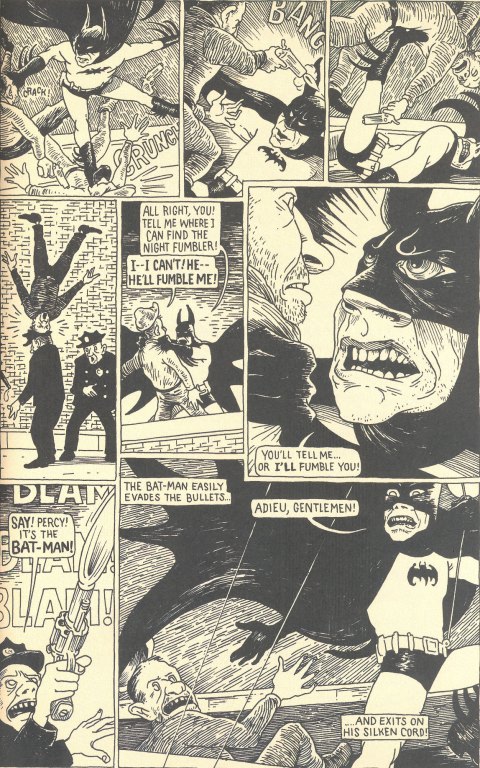
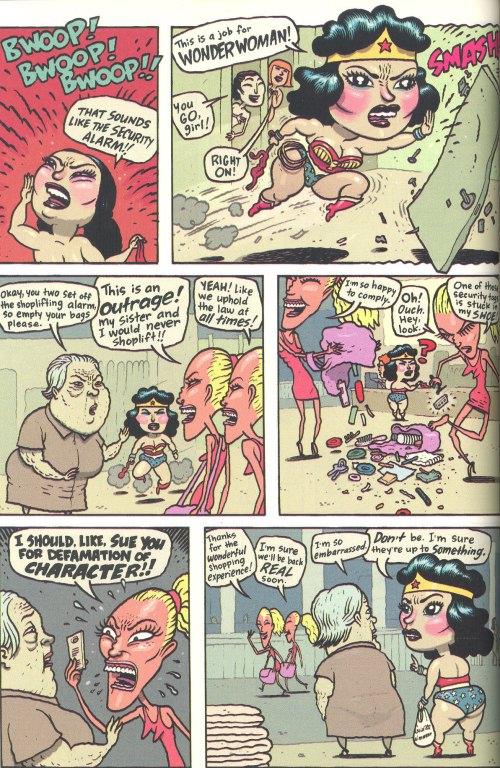
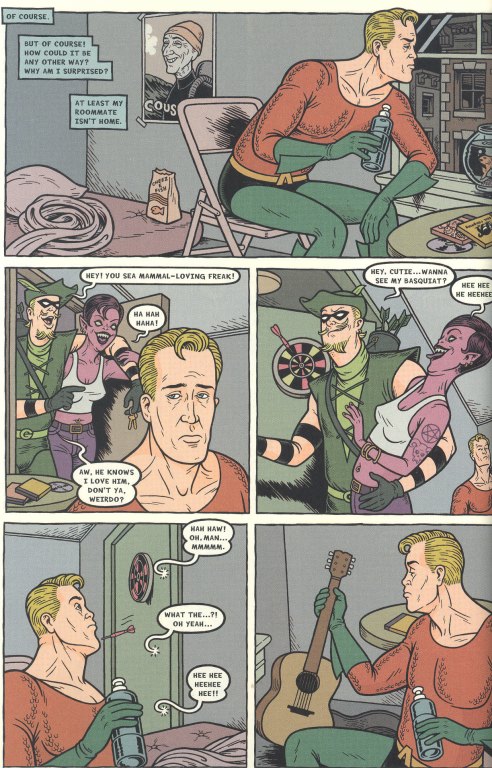
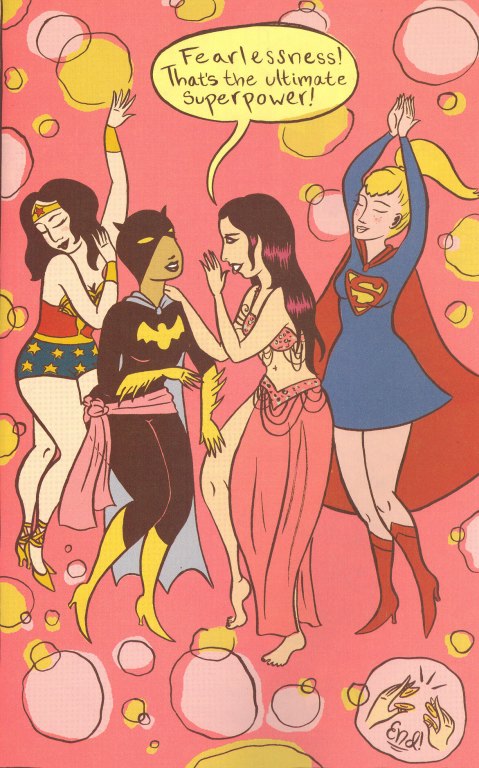
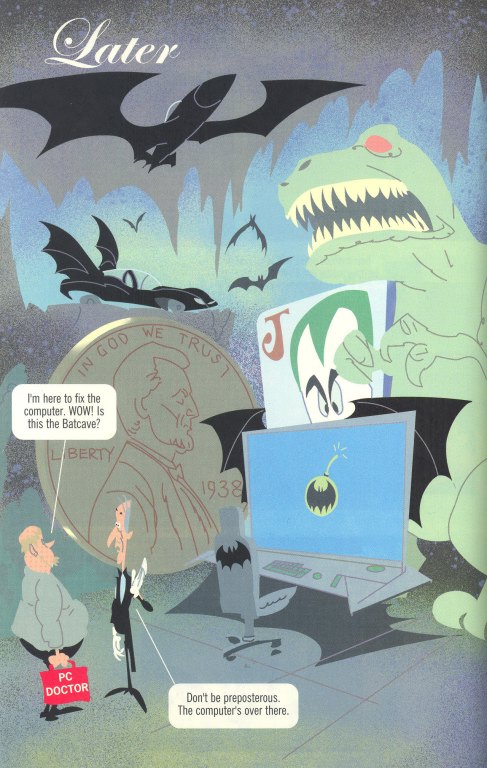
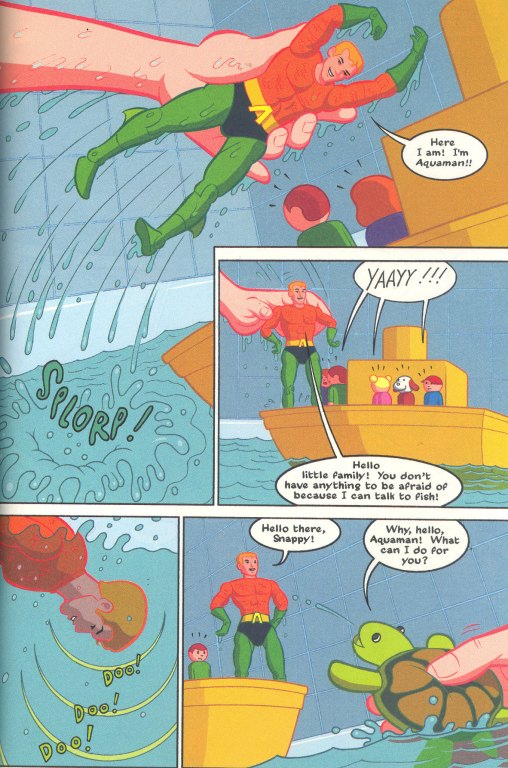

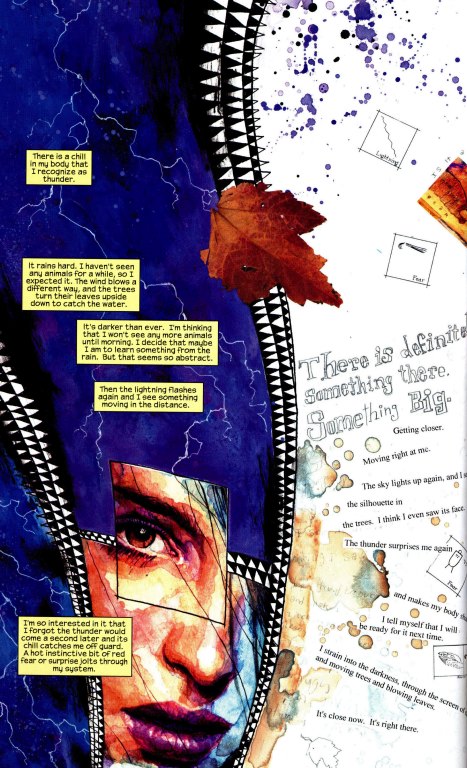
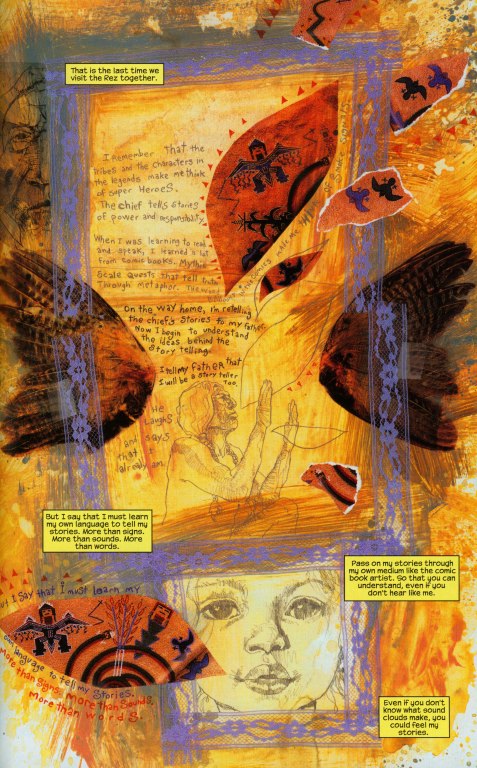
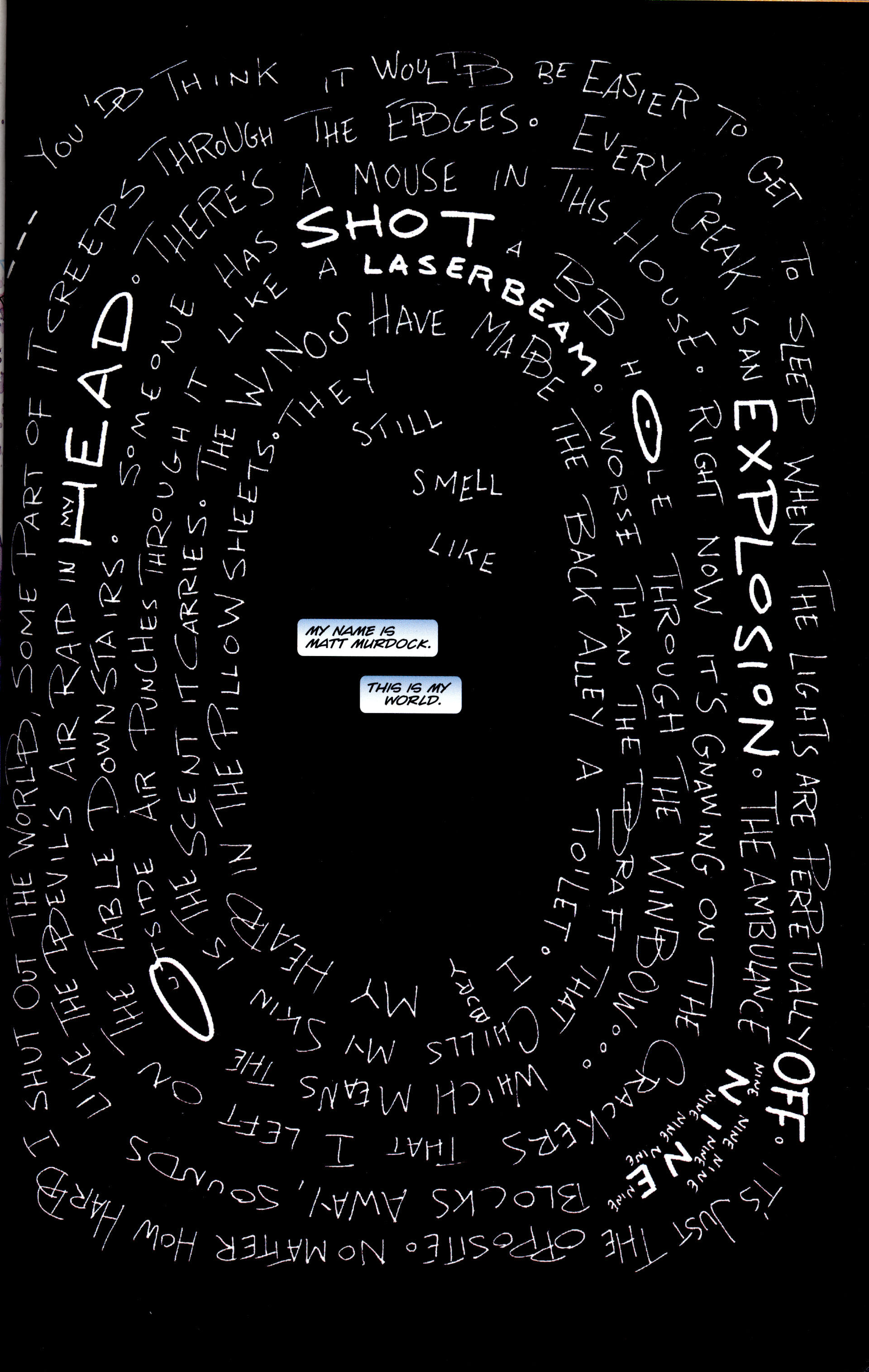
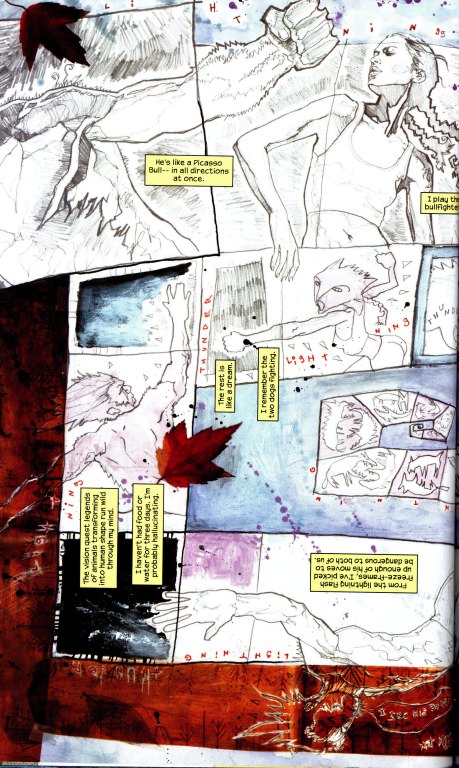
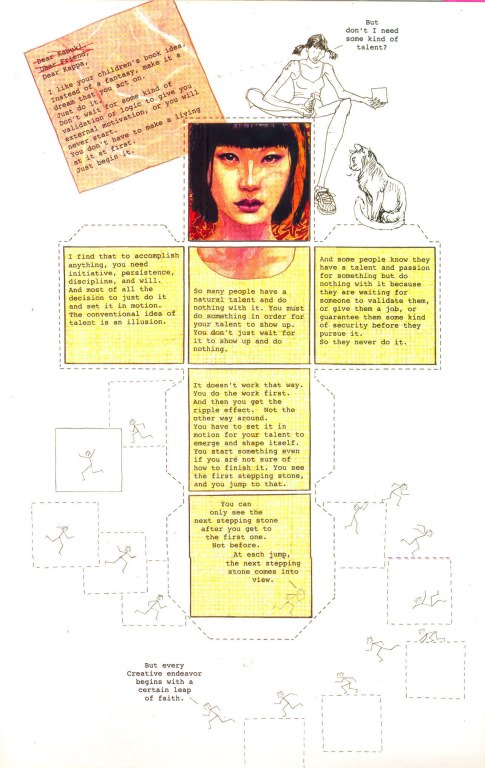
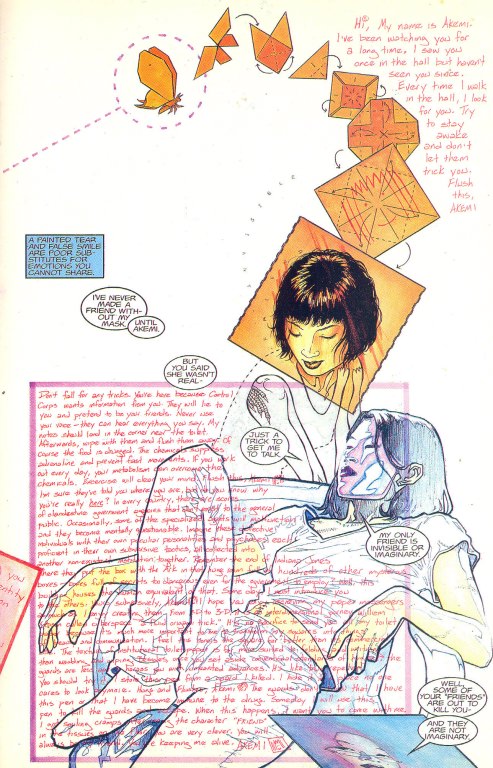
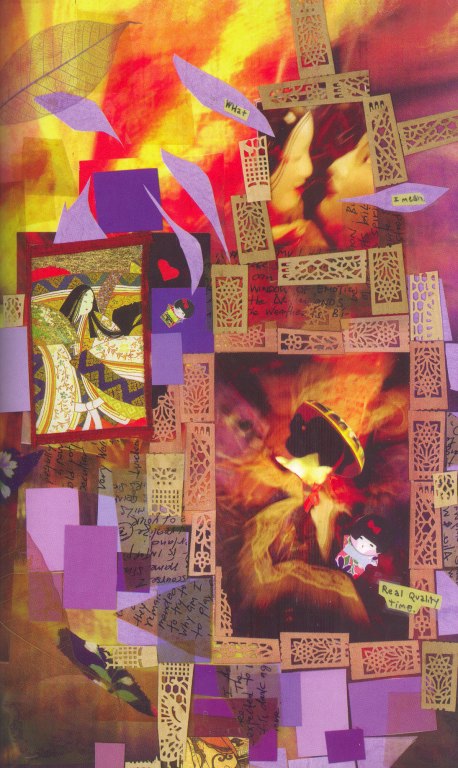

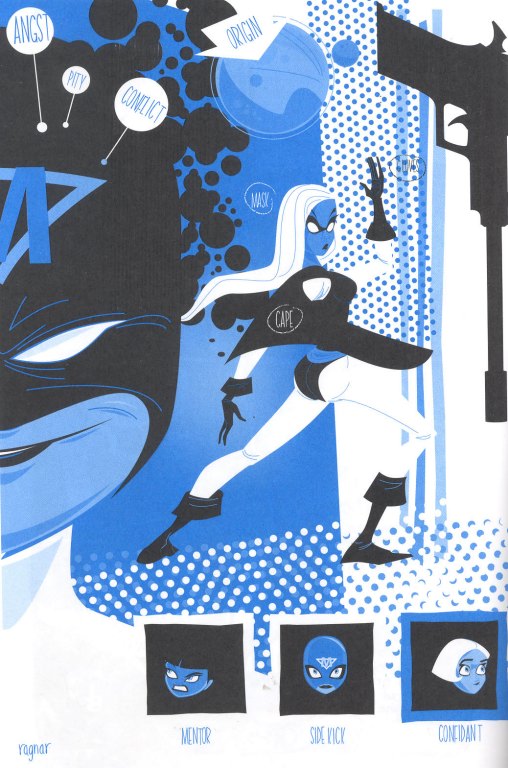
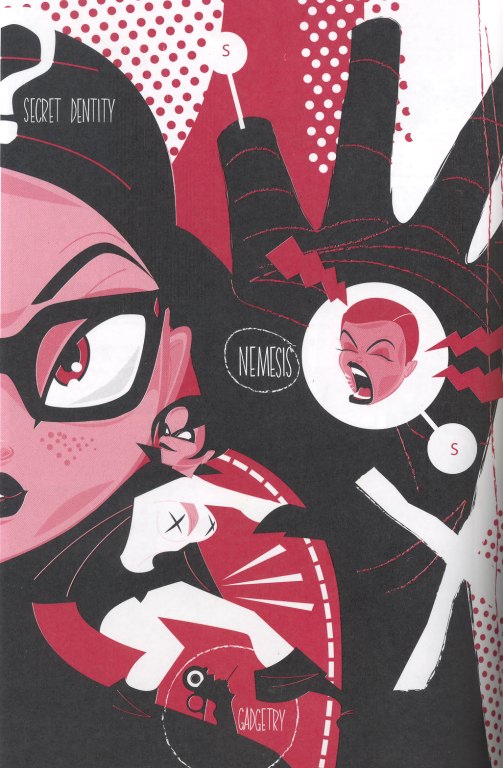
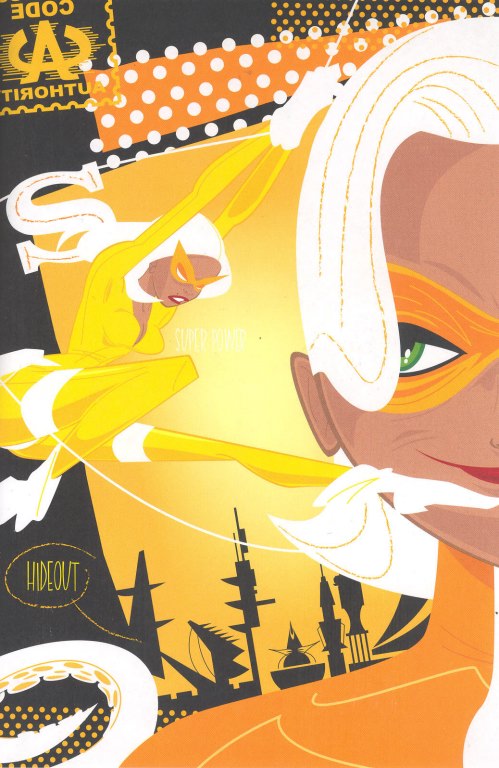
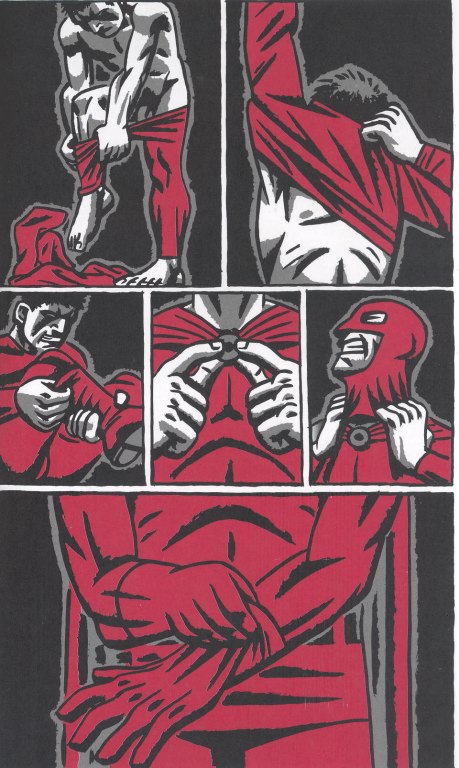
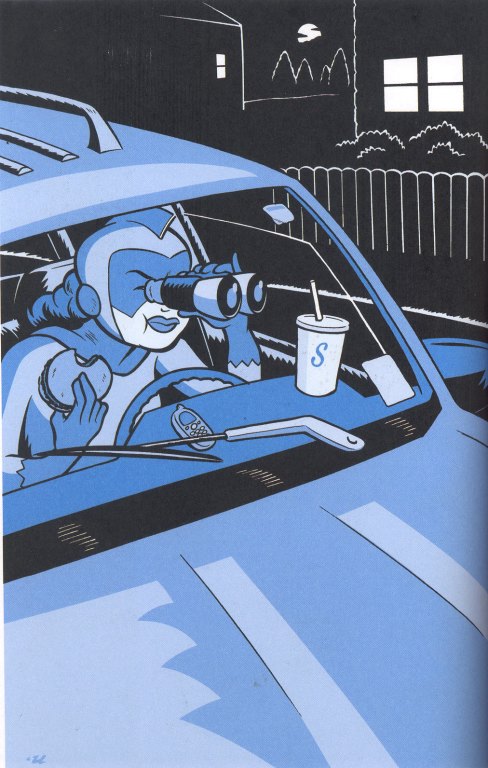
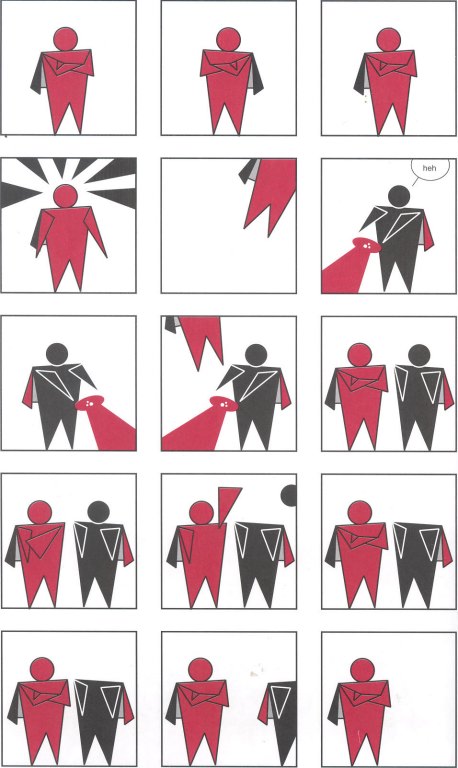
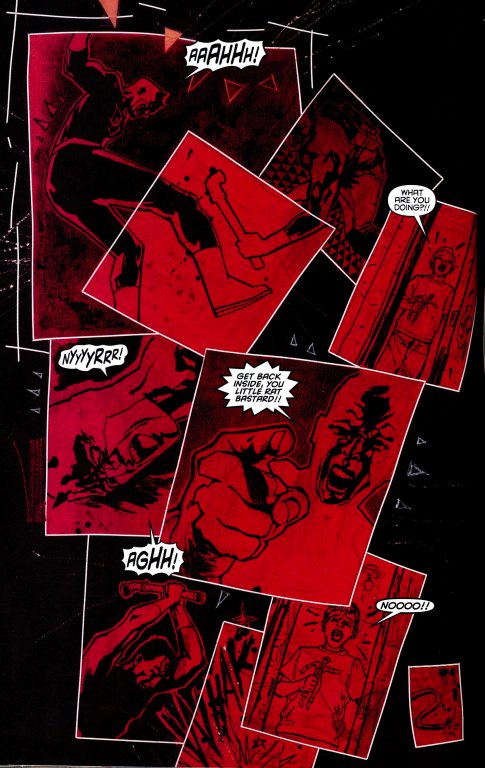
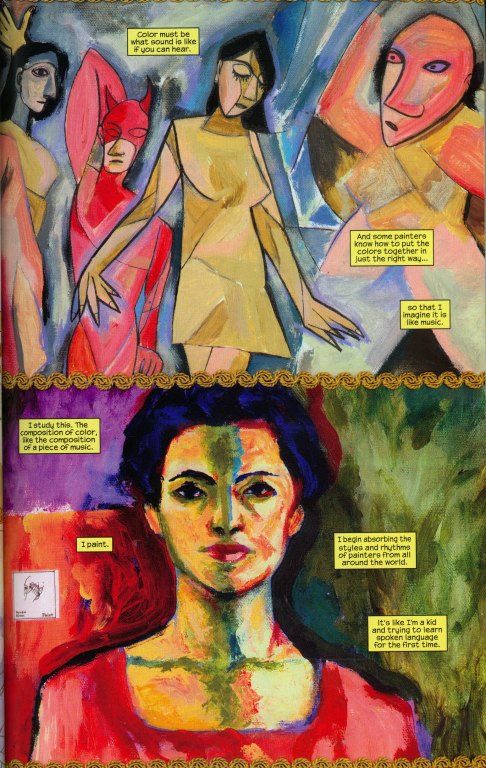
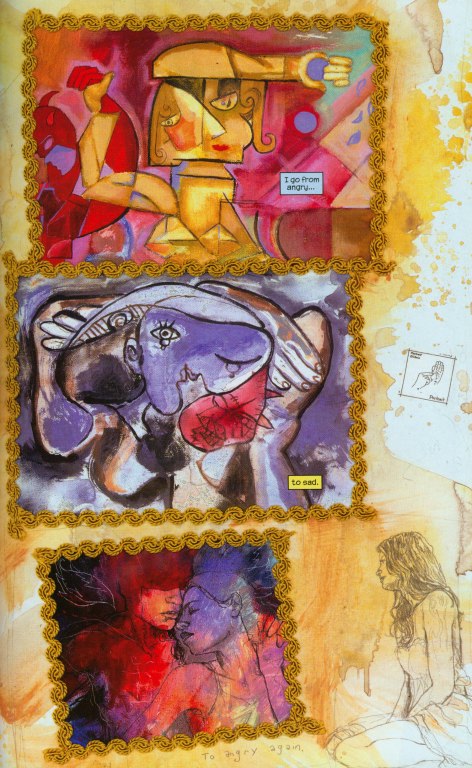
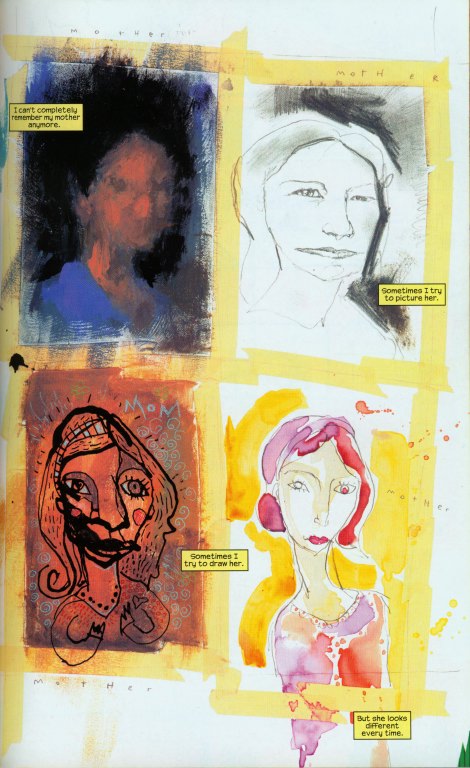
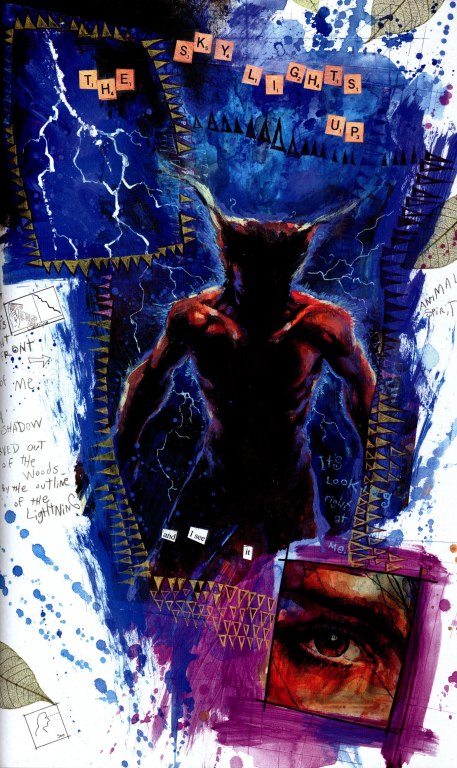
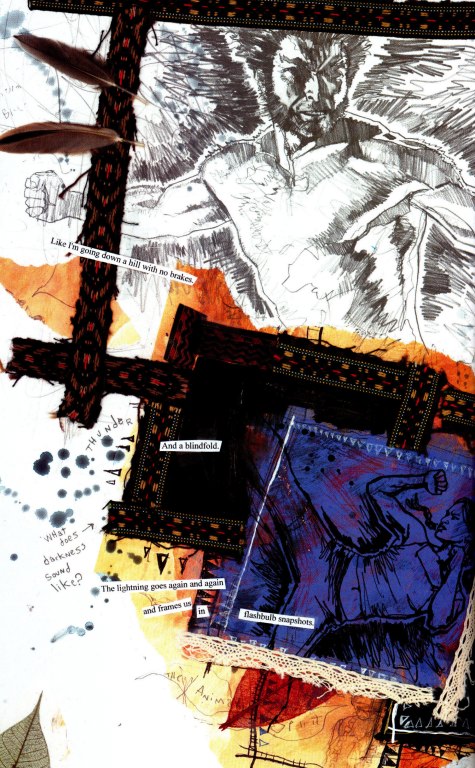
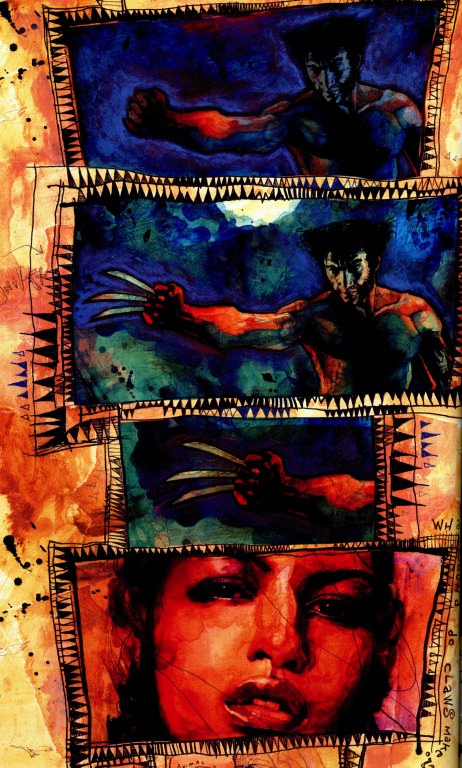
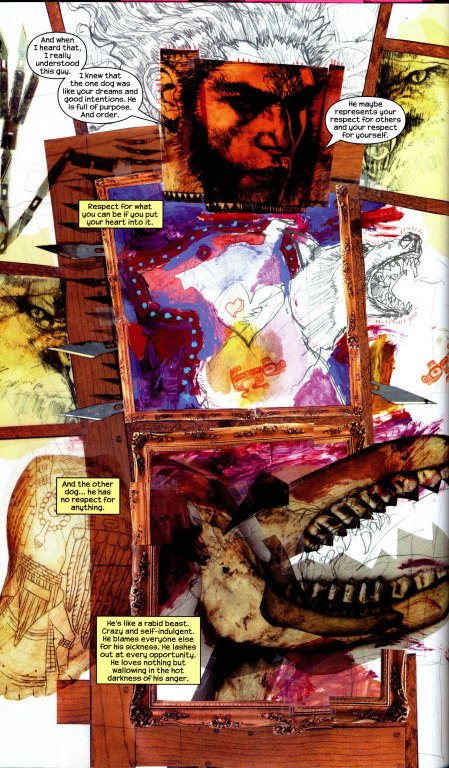
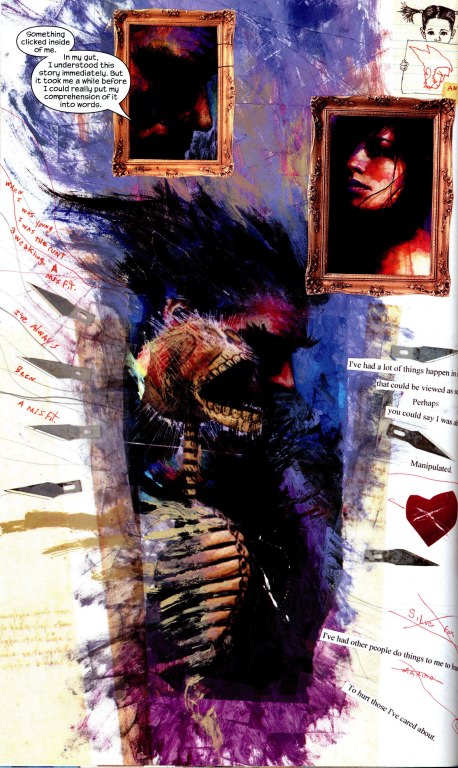
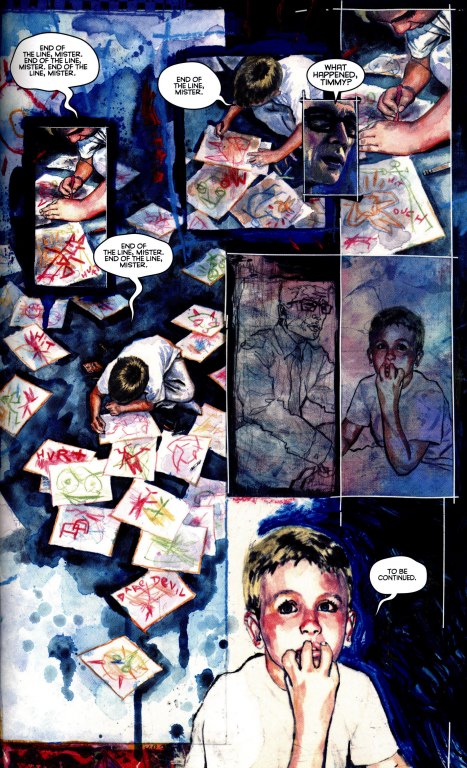
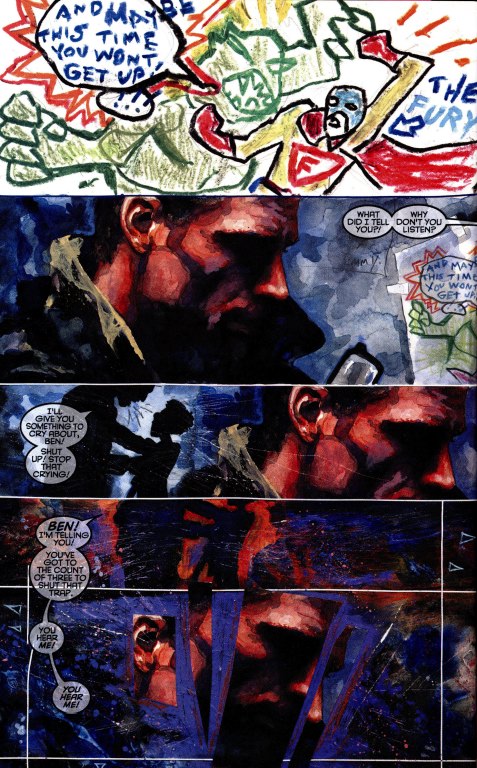

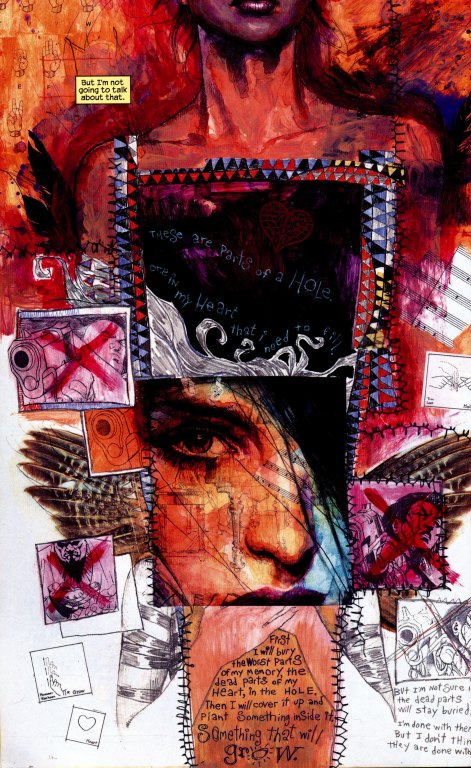
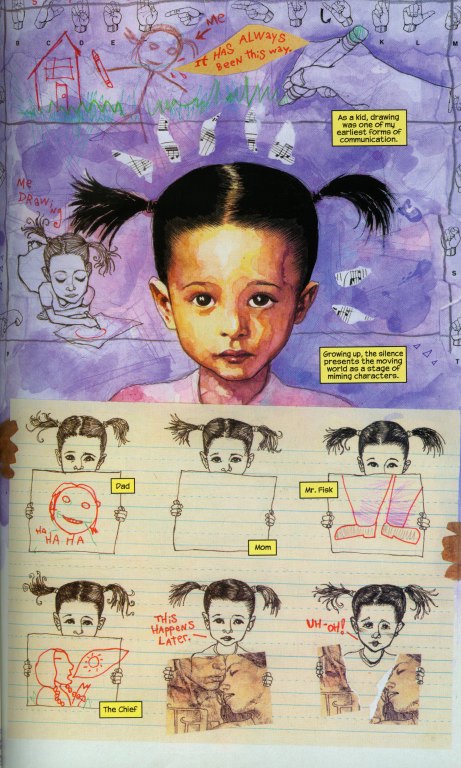
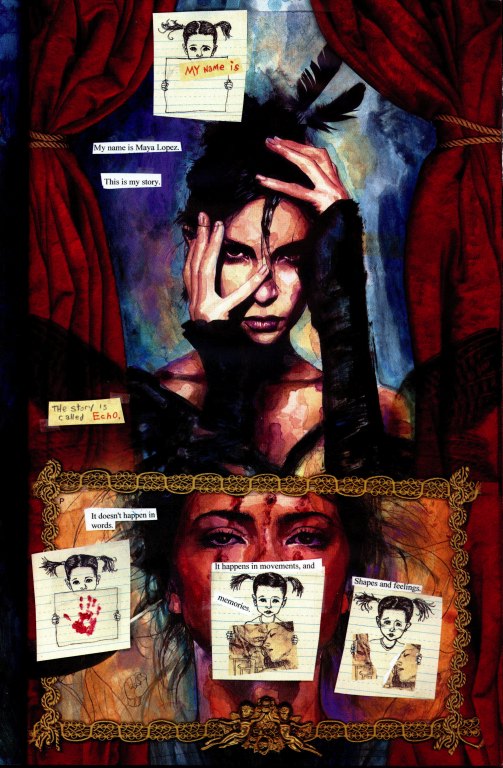
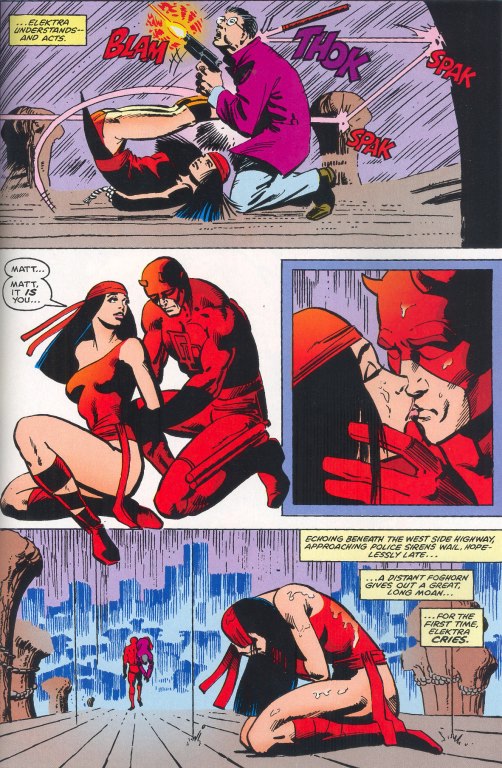
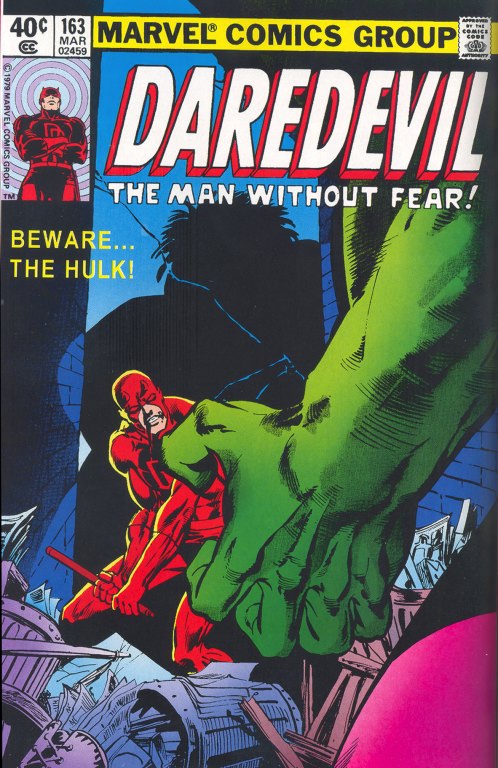
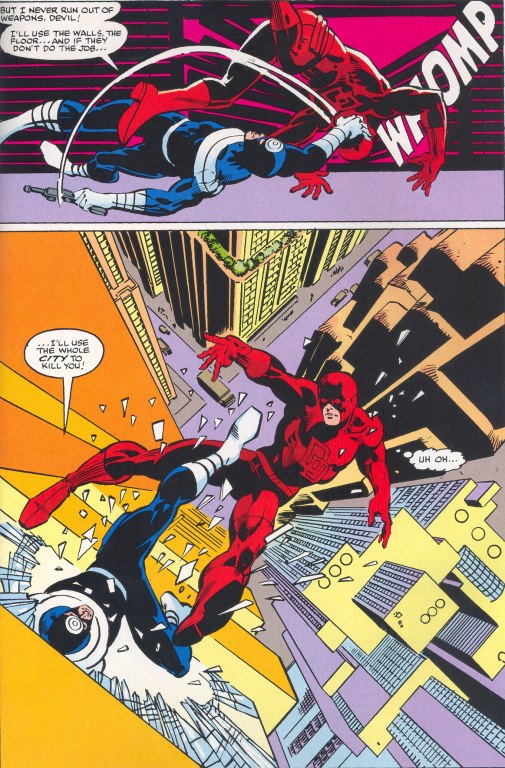
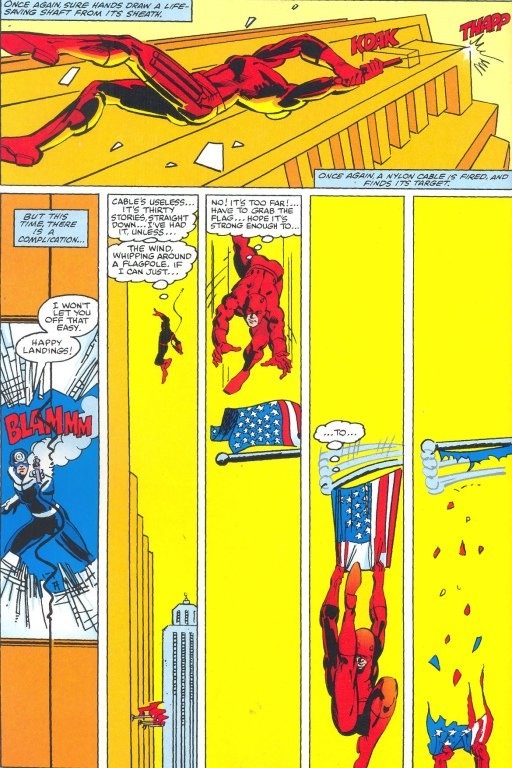
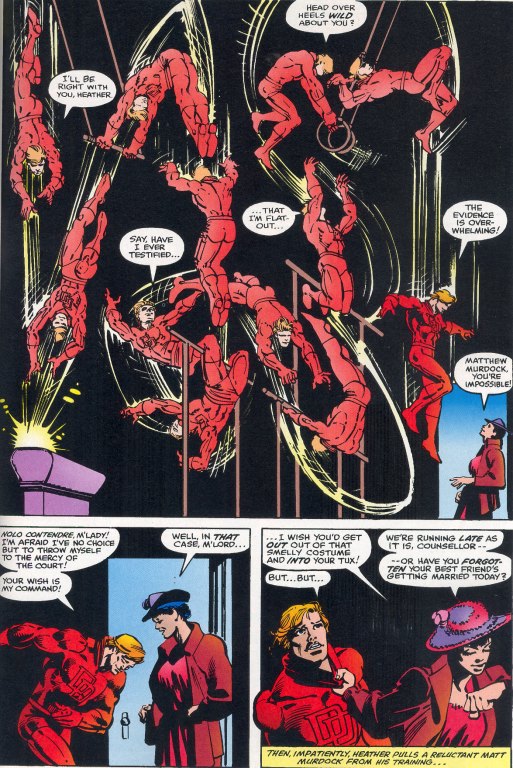
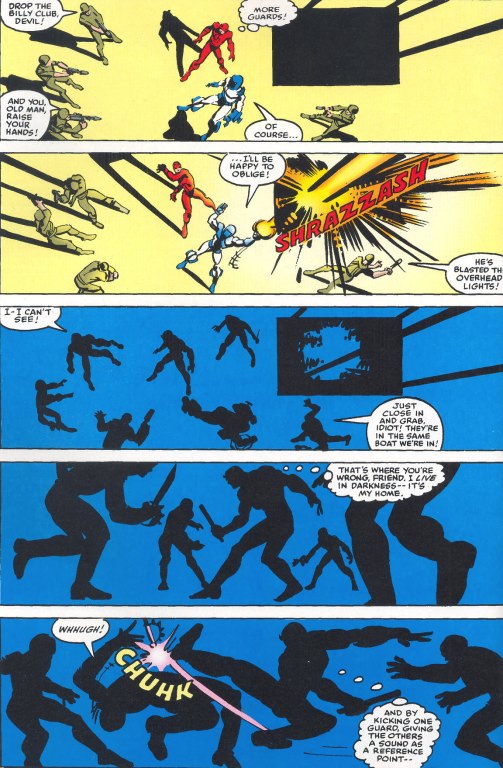
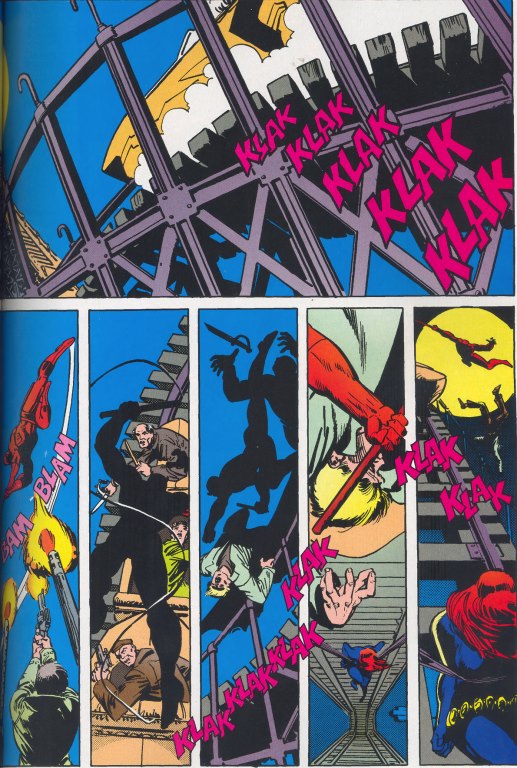
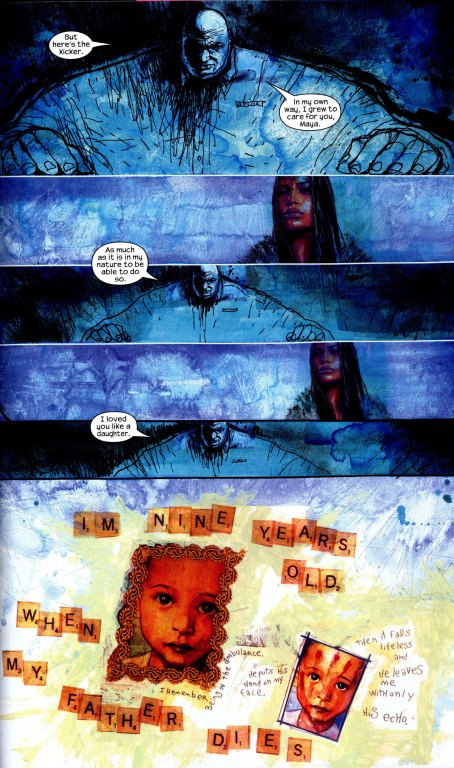
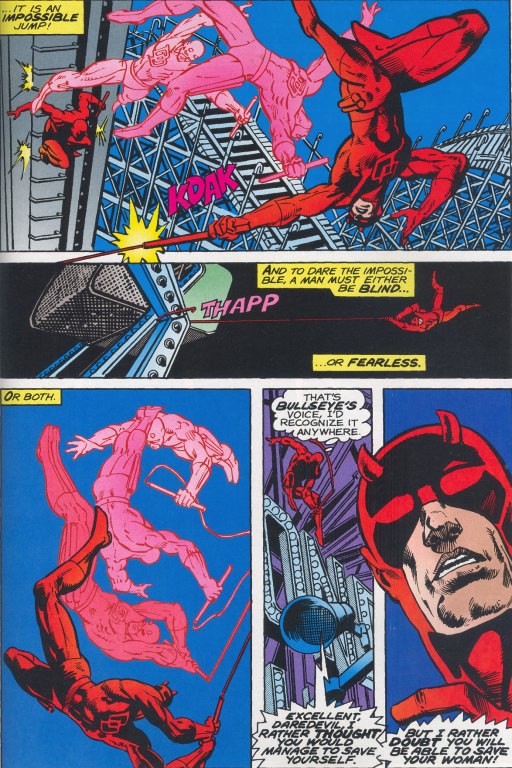
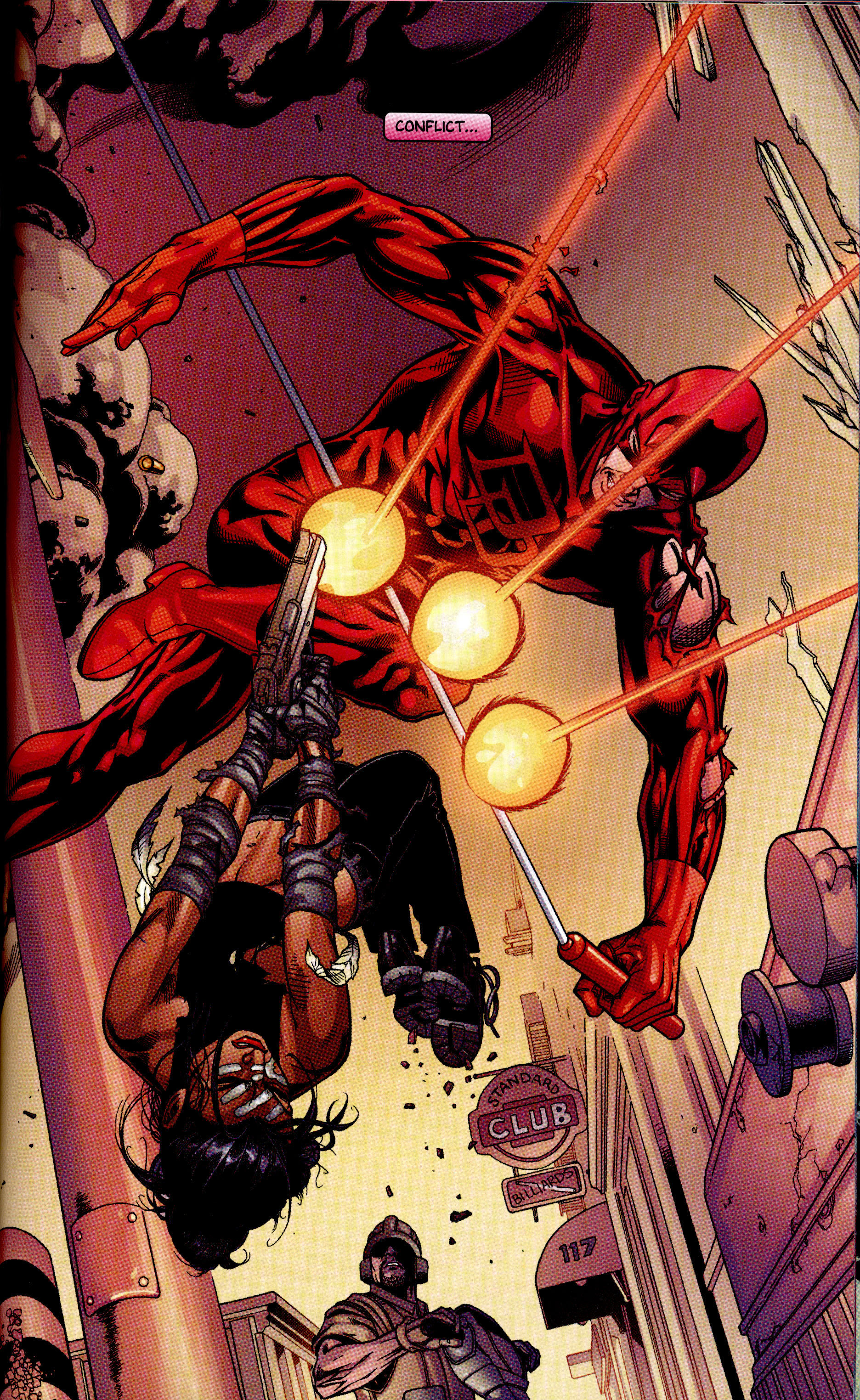
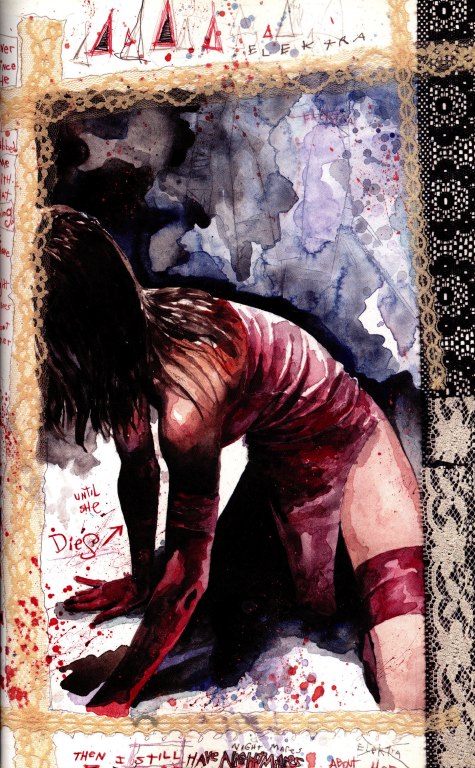
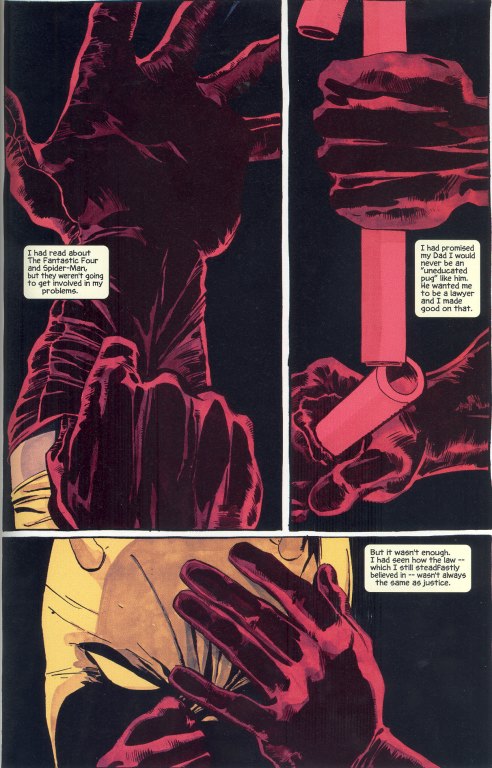
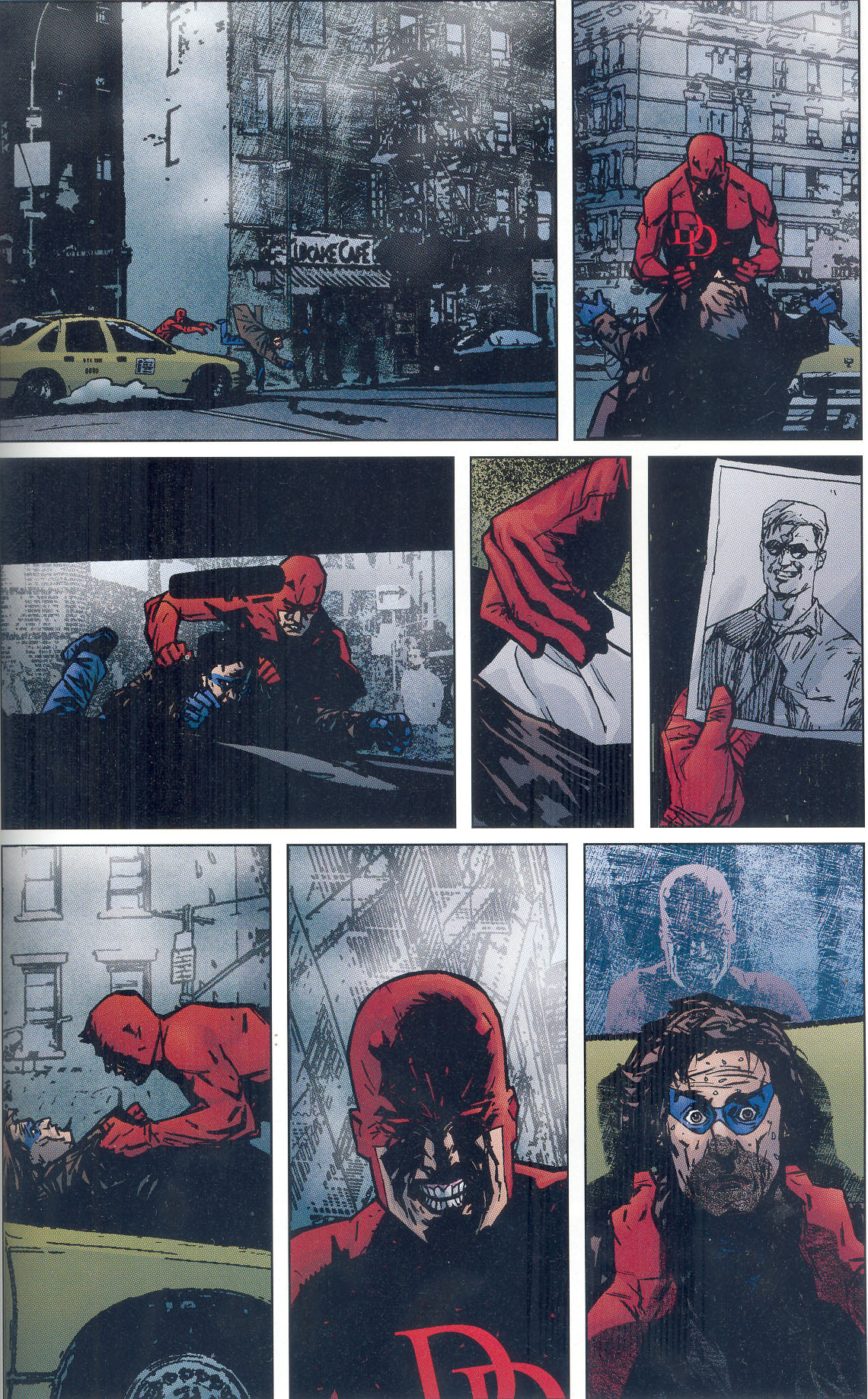

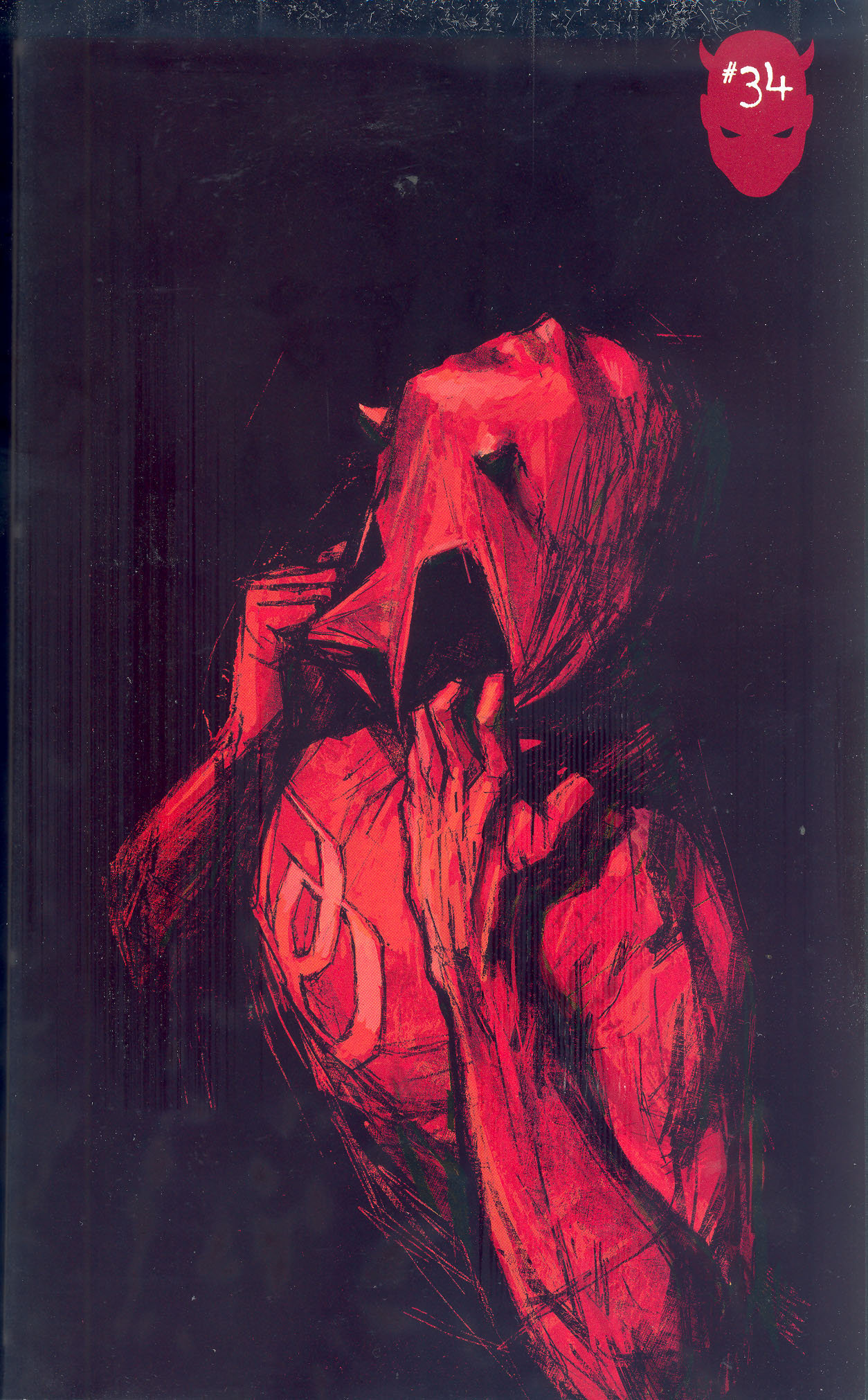
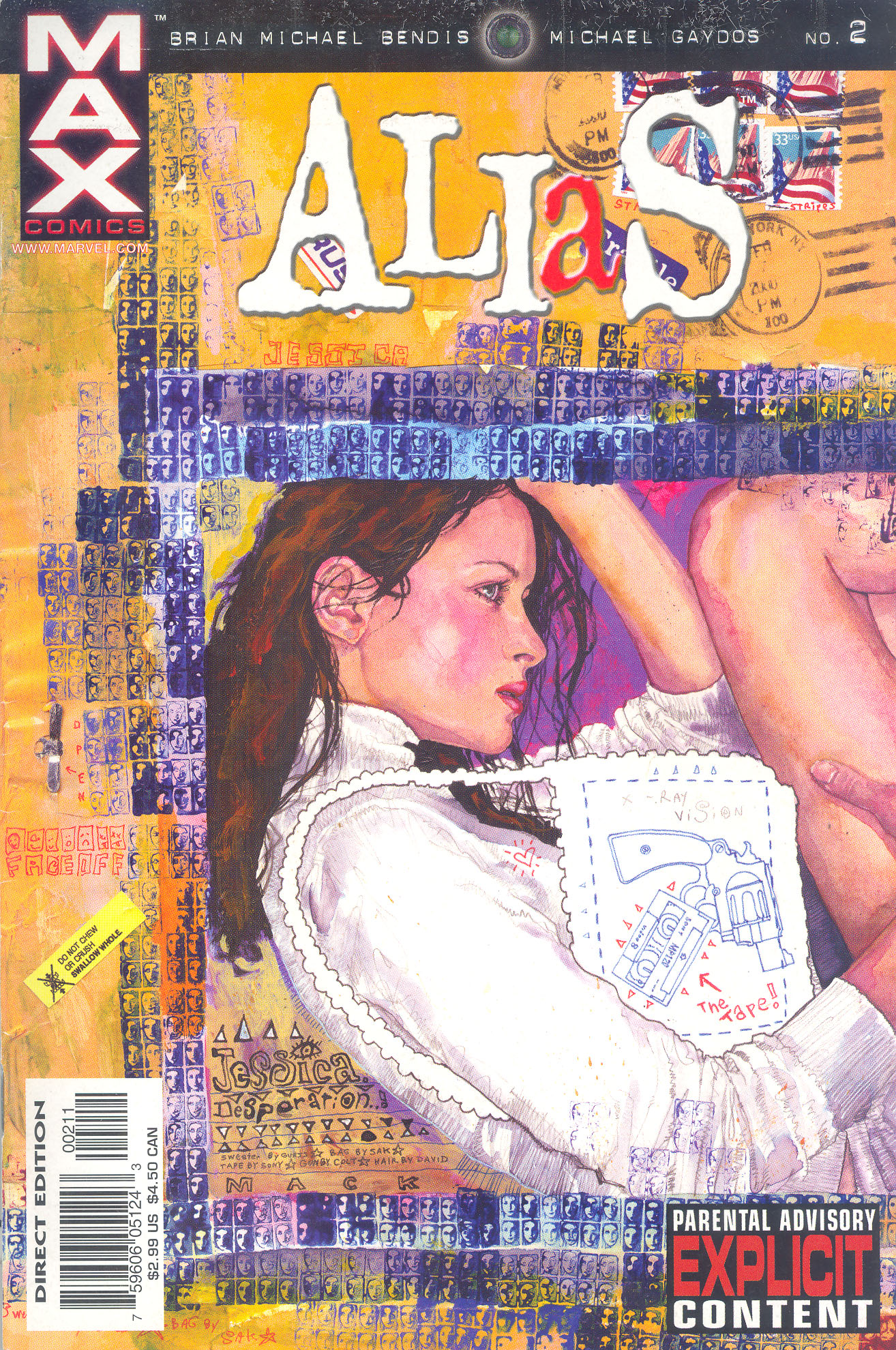
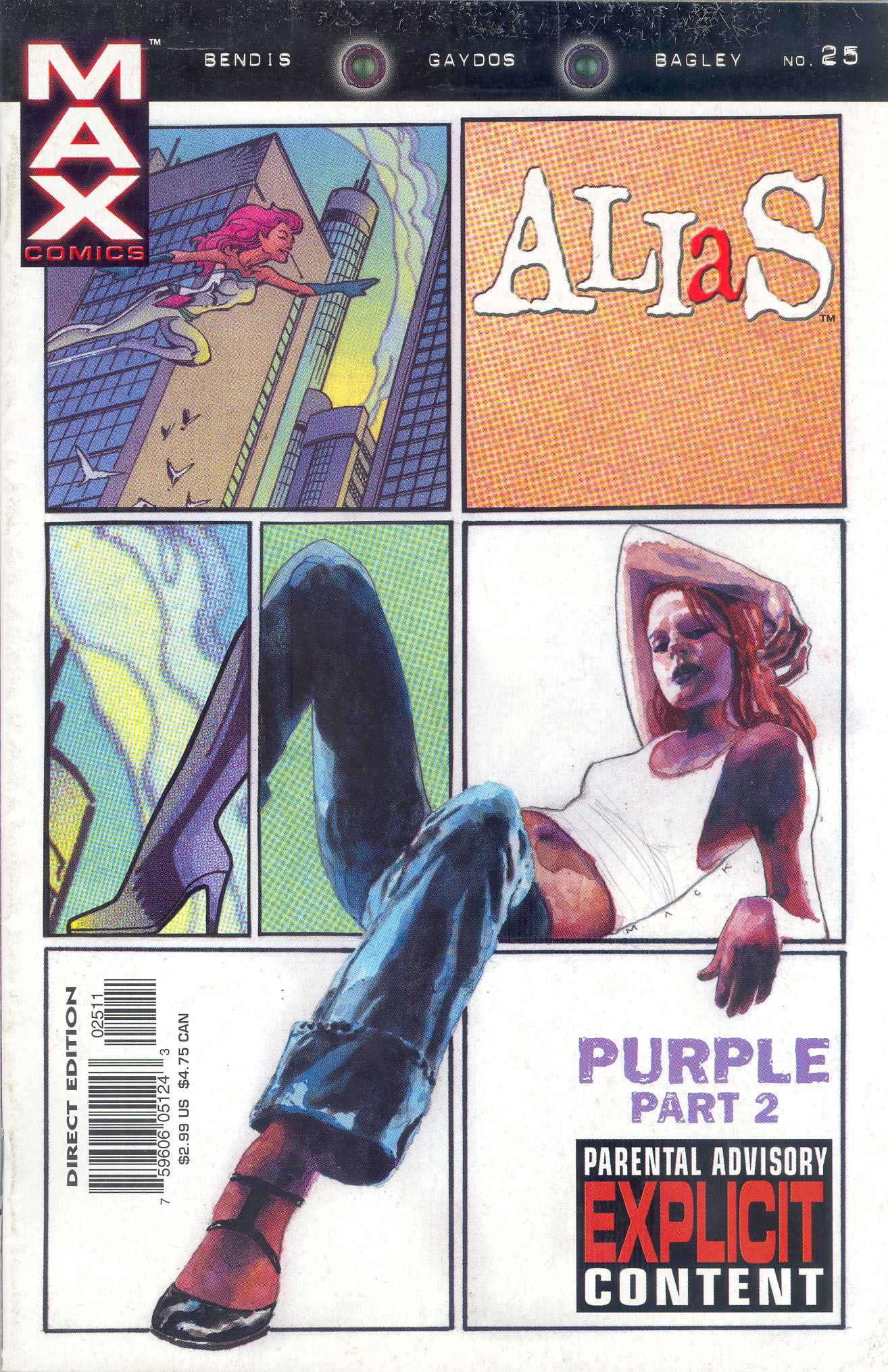

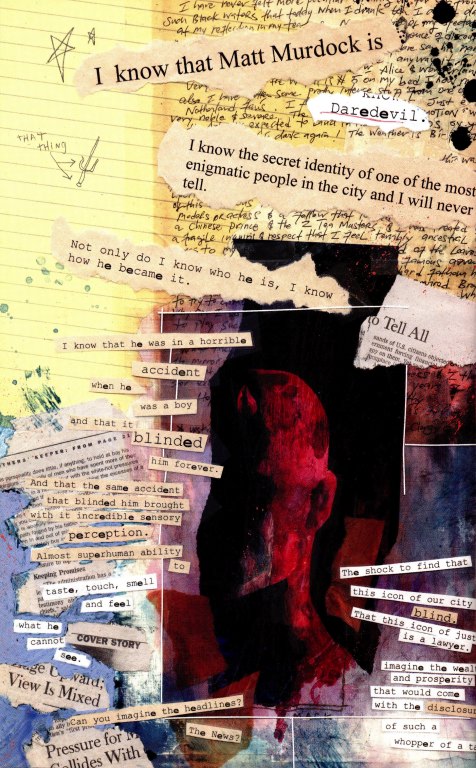
![Reblog this post [with Zemanta]](http://img.zemanta.com/reblog_e.png?x-id=a2e73b8f-51f5-4468-a552-9dd401ea0e5b)
![Reblog this post [with Zemanta]](http://img.zemanta.com/reblog_e.png?x-id=187d27f6-9699-4465-927b-26ee694655f2)